Explanation
This 1,004 m-high pass connects Seo-myeon of Yangyang-gun and Buk-myeon and Girin-myeon of Inje-gun, at the border between Naeseorak and Namseorak. The people of Yangyang know the pass as Osaengnyeong, while in Inje it is known as Hangyeryeong. Yi Jung-hwan, a late Joseon period scholar and the author of the geographical text Taengniji (On Selecting a Village), counted Osaengnyeong Pass as the first and the foremost of the six famous passes in Gangwon-do. Indeed, Osaengnyeong Pass was the route through which essential supplies were transported from Yangyang (in Yeongdong) to Inje (in Yeongseo region), and the rough pass taken by the people of Yangyang on the way to Seoul. Its presence in the folklore of the region can be seen in the popular song Hangyeryeong, which speaks to the difficulties of those who had to climb the pass. Hangyeryeong Road was opened in 1981, and today’s National Road No. 44 is famous for being a driving course through the beauty of Seoraksan Mountain. This is also the starting point of the shortest route to Daecheongbong Peak, the highest peak in Seoraksan Mountain, and the trail to the summit of Jeombongsan Mountain.
Inquiry
+82-33-672-2883
Homepage
Information Use
Capacities : None
Years experience : Open to visitors of all ages
Experience Guide : Mountain climbing
Contact and Information : • 1330 Travel Hotline: +82-2-1330
(Korean, English, Japanese, Chinese)
• For more info: +82-33-672-2883
Parking facilities : Available (Seorak Section C1, C2, B1, B2, A)
Day off : N/A (Open all year round)
Hours : Open 24 hr, Entrance to certain areas may be controlled depending on weather conditions
More information
Mountain Not Access Period
It depends on the period and weather.
Night-time Hike Restriction Notice
It depends on the period.
Activity Fees
Free of charge
Available Facilities
Hangyeryeong Pass, Hangyeryeong Service Area
Restrooms
Available
Parking Fees
Free of charge
Reservation Info. for Foreigners
+82-33-801-0900 (Seoraksan National Park Management Office, reservation for use of mountain shelters)
Interpretation Services Offered
None
Location
Seo-myeon, Yangyang-gun, Gangwon-do
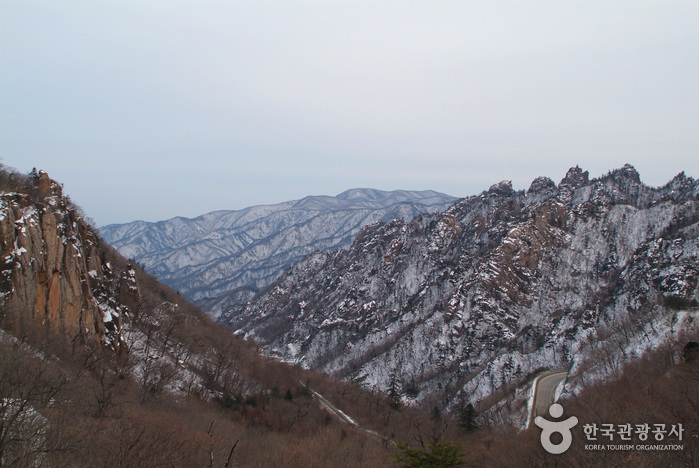
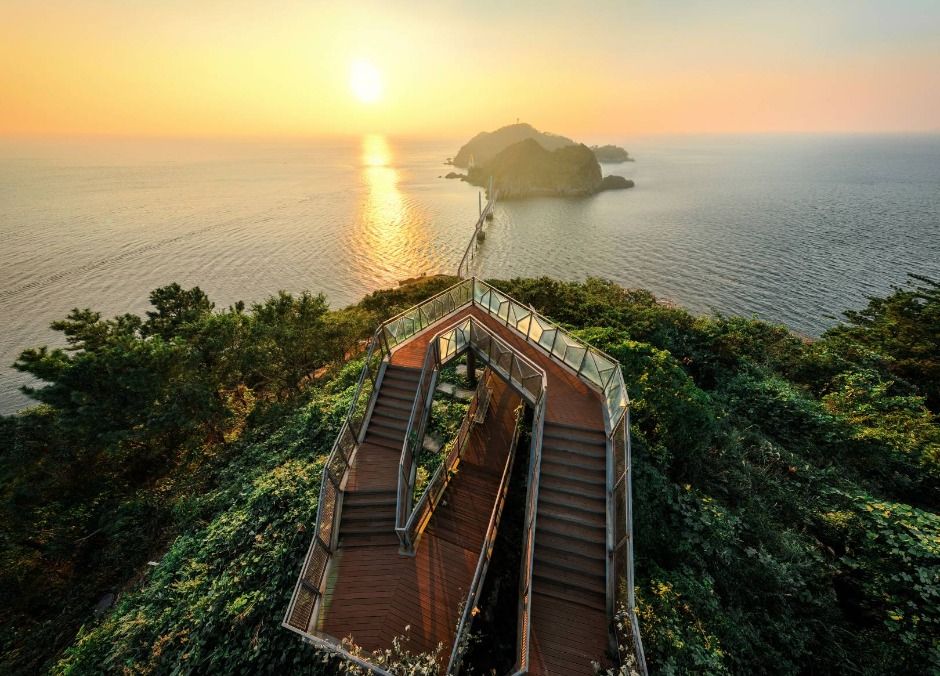
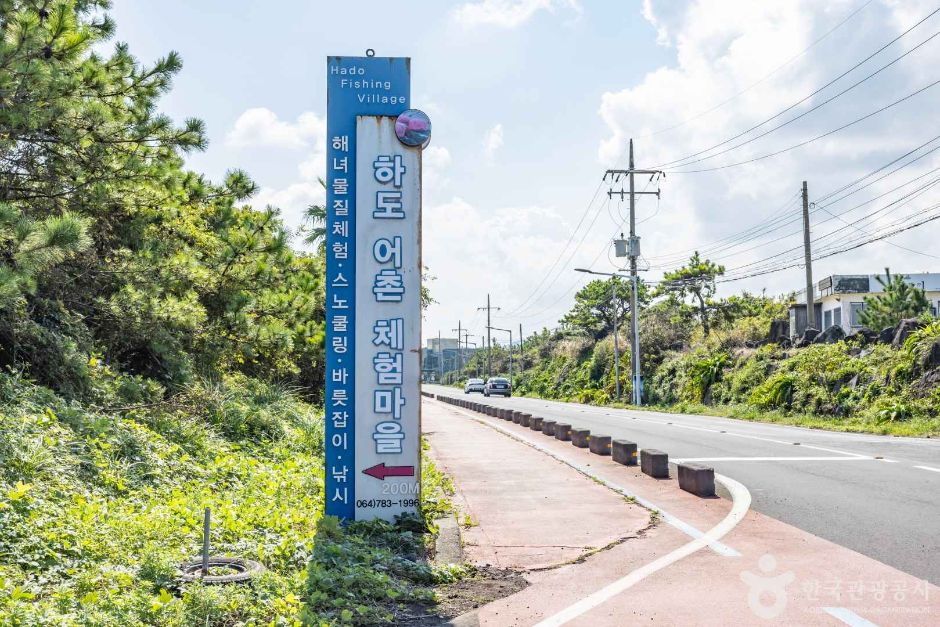
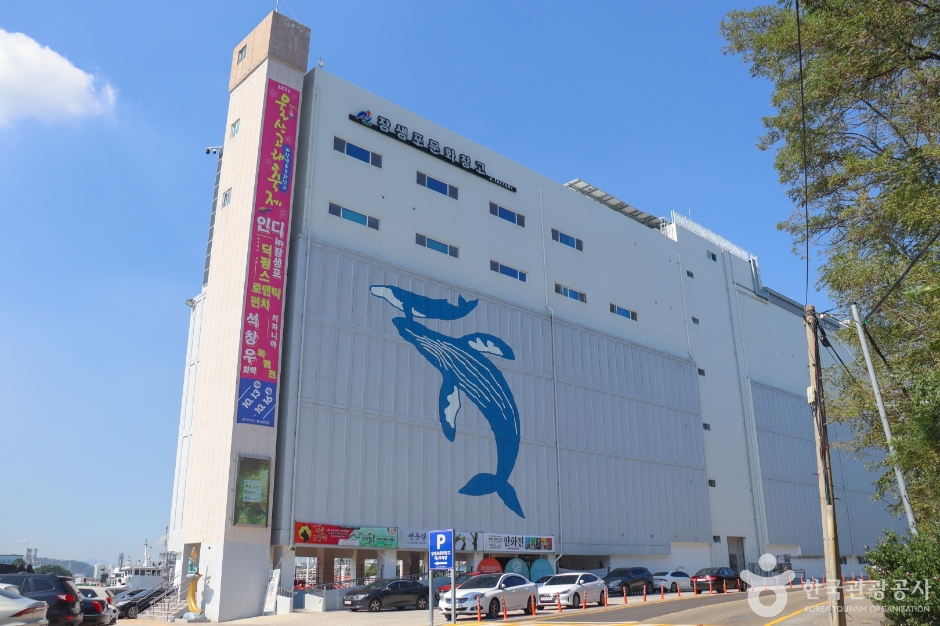
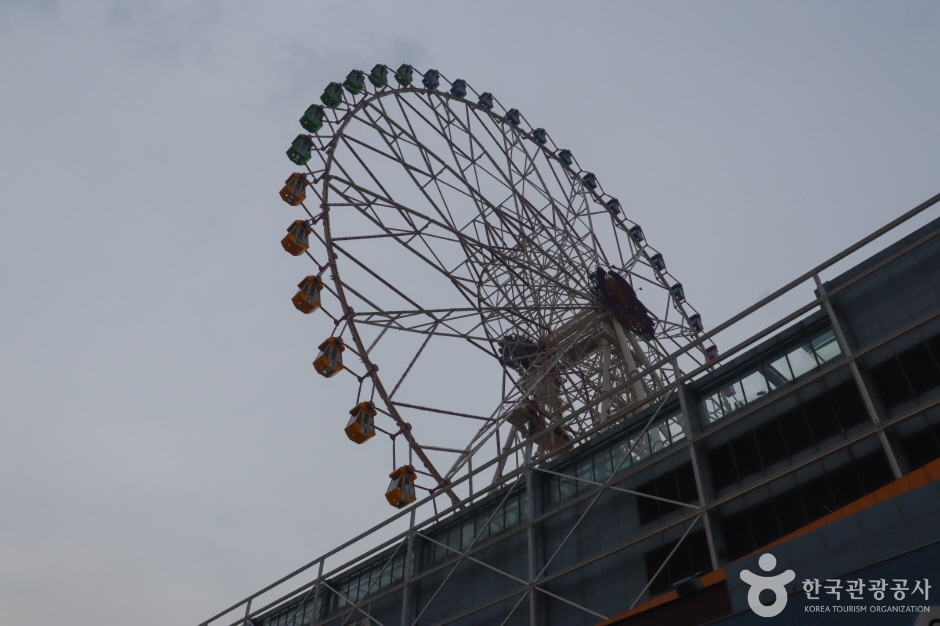

 English
English
 한국어
한국어 日本語
日本語 中文(简体)
中文(简体) Deutsch
Deutsch Français
Français Español
Español Русский
Русский